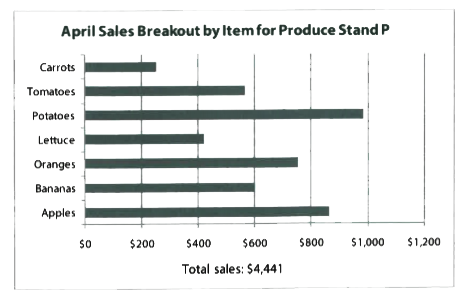Which of the following crossess will produce 1 : 1 phenotypic ratio :-
AaBb × aabb
AaBB X aaBB
aabb × aabb
AABB × aabb
The correct Answer is:B
To determine which crosses will produce a 1:1 phenotypic ratio, we need to analyze the genetic crosses provided in the options. Here’s a step-by-step solution:
Step 1: Understand the 1:1 Phenotypic Ratio
A 1:1 phenotypic ratio occurs when two different phenotypes are produced in equal proportions. This typically happens in monohybrid or certain dihybrid crosses where one parent is homozygous for one trait and the other is heterozygous.
Step 2: Analyze Each Cross
1. First Cross:
- If one parent produces 4 types of gametes and the other produces only 1 type, the resulting offspring will show multiple phenotypes, not a 1:1 ratio. Therefore, this cross does not produce a 1:1 ratio.
2. Second Cross:
- If one parent produces gametes (A B, a B) and the other parent produces (a b), we can set up a Punnett square:
- Parent 1: A B, a B
- Parent 2: a b
- The possible combinations would yield a 1:1 ratio of phenotypes. This cross is likely to produce a 1:1 ratio.
3. Third Cross:
- If both parents produce the same type of gametes, the offspring will have the same genotype and phenotype. Thus, this cross cannot produce a 1:1 ratio.
4. Fourth Cross:
- If the progeny are dihybrid (e.g., AaBb), the resulting phenotypic ratio will be more complex than 1:1. Therefore, this cross does not yield a 1:1 ratio.
Step 3: Conclusion
After analyzing all the crosses, the second cross is the only one that produces a 1:1 phenotypic ratio.
Final Answer:
The correct answer is the second cross.
---
A 1:1 phenotypic ratio occurs when two different phenotypes are produced in equal proportions. This typically happens in monohybrid or certain dihybrid crosses where one parent is homozygous for one trait and the other is heterozygous.
1. First Cross:
- If one parent produces 4 types of gametes and the other produces only 1 type, the resulting offspring will show multiple phenotypes, not a 1:1 ratio. Therefore, this cross does not produce a 1:1 ratio.
- If one parent produces gametes (A B, a B) and the other parent produces (a b), we can set up a Punnett square:
- Parent 1: A B, a B
- Parent 2: a b
- The possible combinations would yield a 1:1 ratio of phenotypes. This cross is likely to produce a 1:1 ratio.
- If both parents produce the same type of gametes, the offspring will have the same genotype and phenotype. Thus, this cross cannot produce a 1:1 ratio.
- If the progeny are dihybrid (e.g., AaBb), the resulting phenotypic ratio will be more complex than 1:1. Therefore, this cross does not yield a 1:1 ratio.
After analyzing all the crosses, the second cross is the only one that produces a 1:1 phenotypic ratio.
The correct answer is the second cross.
Topper's Solved these Questions
Similar Questions
Which of the following crossess would produce a genotypic ratio of 1:2:1
View SolutionThe genotypes of a plant variety were TtHh, Tthh, ttHh and tthh, where T = tallness and H= hairy stem. Which one of the following crosses would produce progeny giving a phenotypic ratio approximately 1:1:1:1 ?
View Solution
Knowledge Check

Which of the following ratios is closest to the ratio carrot sales to potato sales at Produce Stand P in the month of April?A1:4B2:9C1:5D1:6
Which of the following crosses and resultant phenotypic ratios are mismatched?
View SolutionWhich one of the following crosses shows phenotypic ratio of 3:1?
View SolutionWhich of the given test crosses will produce maximum possible phenotypes in offsprings?
View SolutionWhich of the following is associated with multiple phenotypes
View SolutionWhich of following gates produces output of 1?
View SolutionWhich of the following depicts phenotypic ratio of dihybrid cross?
View SolutionWhich of the following reaction mixtures does not produce1∘ alcohol?
View Solution
